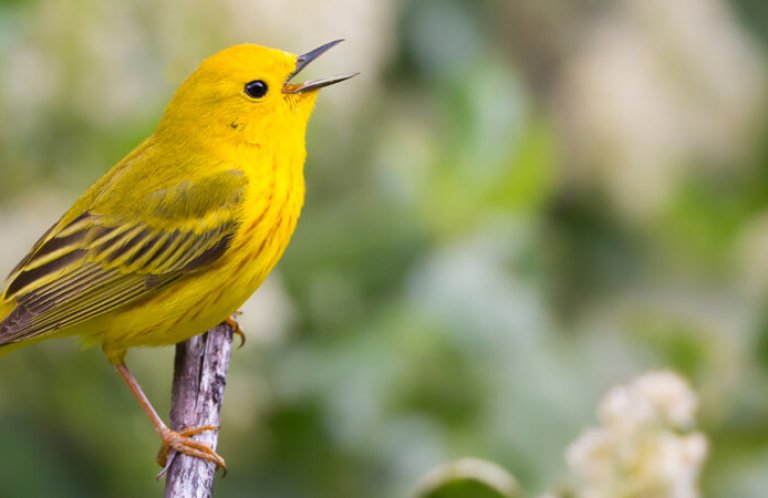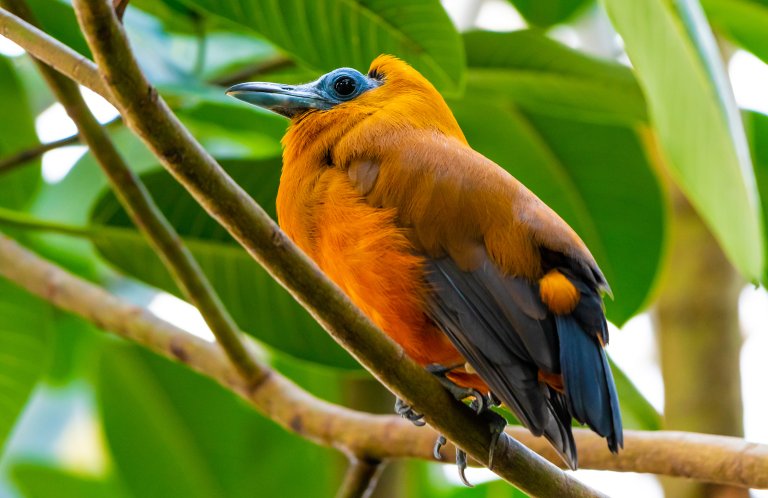Extraordinary Appendages: An Introduction to Bird Wings
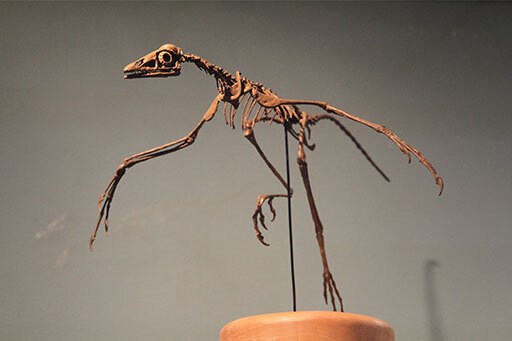
All birds have wings. Even flightless birds, which are descended from flying ancestors, use their wings for balance, display, and other purposes.
The origins of these extraordinary appendages date back to the time of dinosaurs, but the cause of their development remains a mystery. Scientists, however, have some ideas. Some theorize that birds' ancestors may have lived in trees, gliding between branches before gradually developing the capacity for true flight. Others posit that early bird-like dinosaurs evolved as fliers after developing the ability to hop into the air to evade predators. It's also been suggested that proto-wings may have evolved as an aid to assist their owners in running up steep slopes.
Regardless of how they originated, wings (and flight) are a key part of what makes birds so entrancing. If you're curious to learn what makes a bird wing a bird wing, how these amazing limbs work, and how different types of bird wings function, read on.
Bird Wing Basics
Birds have the same basic bones inside their wings that you have in your arms — the humerus in the upper part of the limb, the radius and ulna in the lower part of the limb, and the smaller, delicate bones of the hand and fingers.
In birds, natural selection has modified these bones for flight and birds' “hand” bones have shrunk and merged over time. But if you take a close look at a bird skeleton, you can still make out the bones of three tiny “fingers” inside the wing tip.

Birds' bones are also filled with tiny air pockets, another adaptation for flight, which make them lightweight while remaining very strong.
Birds also need powerful muscles in their chests and wings to make flying possible. To provide a bigger surface area for those hefty flight muscles to attach, birds have a bony plate with a ridge called a keel running down the middle of their breastbone.
Birds and humans use the same muscle, the pectoralis major, to lower their respective wings and arms. But to raise their wings, birds have a unique arrangement: A muscle called the supracoracoideus attaches to the keel at one end and, from there, loops up and over the shoulder and anchors to the top side of the wing to lift it up as it contracts. This pulley system helps make birds' wing beats strong enough for flight.
Wing Feathers
The long feathers of a bird's wing are collectively referred to as flight feathers or remiges. They are attached along the trailing edge of bird wings to create the surface needed for flight. These feathers are divided into two groups, the primaries, which are attached solidly to the bird's “hand,” and the secondaries, which are attached to the bird's forearm. A bird can manipulate its primaries a bit like you can move your fingers, flexing and rotating them to provide precise control.
The secondaries, the flight feathers on the inner section of the wing, help form an airfoil, the same front-to-back shape of an airplane wing. This is crucial for creating the lift necessary for a bird to become airborne.
Different Types of Wings
Bird wings come in a variety of shapes, depending on the type of flight for which a particular species is adapted. Ornithologists have grouped wing shapes into four basic types:
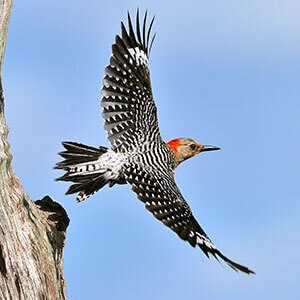
Elliptical wings give their owners the ability to maneuver in tight spaces and fly quickly in short bursts, but they're not very efficient for staying airborne for long periods of time. This type of wing is common in birds that live in forests and those that don't migrate long distances. Birds that do migrate far, such as Neotropical migrants that winter in South America, tend to have longer, narrower wings than their close relatives that don't migrate, but they still have the overall elliptical shape. Examples of birds with elliptical wings include doves, woodpeckers, and sparrows.

Active soaring wings (also known as high aspect ratio wings) are long and narrow. They are especially common among seabirds such as albatrosses. This shape lets birds glide on air currents with little effort, traveling long distances while rarely needing to flap their wings.
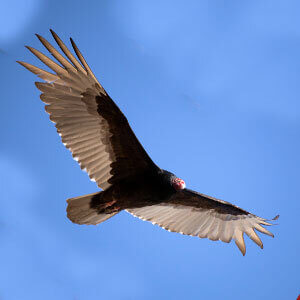
Passive soaring wings are somewhat shorter and wider than active soaring wings, making takeoffs easier. The primary wing feathers on birds with this type of wing fan out, with “slots” in between them, altering their aerodynamics in a way that's great for catching rising columns of air called thermals. Big inland-flying birds such as eagles and vultures often have passive soaring wings.

High-speed wings are adapted — as you can probably guess — for speed. They're long (but not as long as those of soaring birds), slender, and pointed. By beating their wings quickly, birds with high-speed wings can fly incredibly fast. Falcons, for example, have this type of wing.
Extreme Bird Wings
Of course, not all birds' wings can be easily categorized. Here are a few of the most extreme examples of how birds' wings have been adapted for specific avian lifestyles:
Hummingbirds can beat their wings up to 80 times per second. Their ability to hover is due to a special adaptation: As they beat their wings, they also rotate them at their shoulder and elbow, allowing these tiny birds to create lift on both the down- and the upstroke.

Penguins are known for being flightless — but they've coopted their wings for another purpose. Their short, stiff wings and strong pectoral muscles are perfect for “flying” underwater. Essentially, these aquatic birds turned their wings into a pair of flippers, an example of convergent evolution. Penguin wing bones are actually fused together, which helps facilitate this flipper functionality, but the resulting rigidity also makes these birds the only ones that can't fold their wings. Some other seabirds, such as auklets, guillemots, and puffins, also use their wings to propel them underwater, but these birds' wings are also capable of flight.
A few birds even “sing” with their wings. As in all manakin species, male Club-winged Manakins perform elaborate dancing displays for prospective mates within their South American tropical forest habitat. Males of this species add a unique twist: Their performance includes a violin-like trilling sound produced not by the bird's vocal anatomy, but by the vibration of special club-shaped feathers on their wings. A number of bird species can make sounds — including claps, pops, whirring noises, and even whistles — with their wings.
Finally, the longest wings in the bird world today belong to the Wandering Albatross, which has a wingspan reaching up to 12 feet. (This is a superlative example of the active soaring wings described above.) But an extinct predatory bird that lived 5 to 10 million years ago, dubbed Pelagornis chilensis, holds the all-time record — its wingspan measured an incredible 17 feet.
U.S. and Canadian Birds in Decline
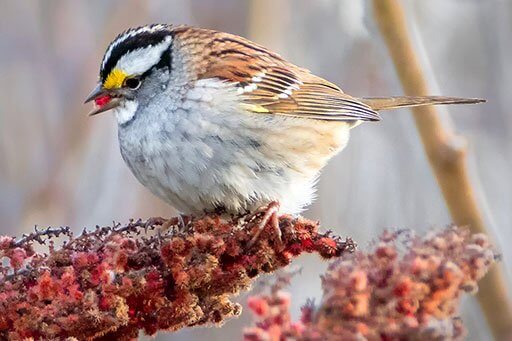
Despite birds' impressive adaptability, they face many threats. In less than a single human lifetime, 2.9 billion breeding adult birds have been lost from the United States and Canada, across every ecosystem. This even includes familiar birds: The Dark-eyed Junco has lost an incredible 175 million individuals from its population. The White-throated Sparrow has lost 93 million.
Scientists have identified habitat loss as the biggest overall driver of bird declines. Other major human-caused threats to birds come from cats and other invasive species; collisions with glass and industrial infrastructure such as communications towers and wind turbines; and exposure to pesticides and other toxics.
Climate change exacerbates these threats, and also creates new challenges, for example, by changing habitat distributions and shifting the timing of peak food supplies for birds.
How You can Help Birds
Policies enacted by the U.S. Congress and federal agencies, such as the U.S. Fish and Wildlife Service, have a huge impact on America's birds. You can help shape these rules for the better by urging lawmakers to prioritize birds, bird habitat, and bird-friendly measures. To get started, visit ABC's Action Center.
Living a bird-friendly life can have an immediate impact on the birds around you. Doing so can be as easy as adding native plants to your garden, avoiding pesticides, and keeping cats indoors. To learn more, visit our Bird-Friendly Life page.
American Bird Conservancy and our Migratory Bird Joint Venture partners have improved conservation management on more than 6.4 million acres of U.S. bird habitat — an area larger than the state of Maryland — over the last ten years. This is a monumental undertaking, requiring the support of many, and you can help by making a gift today.








































